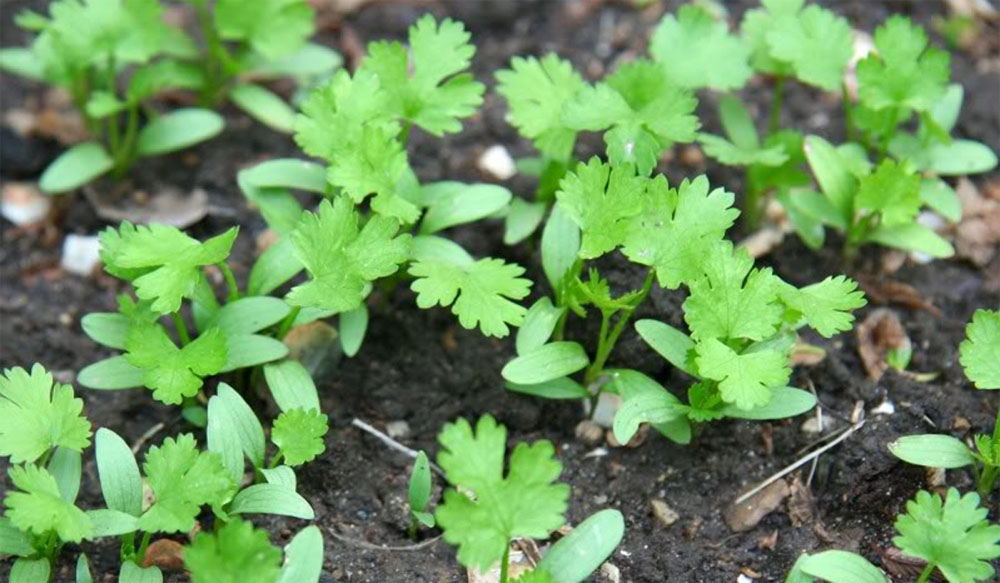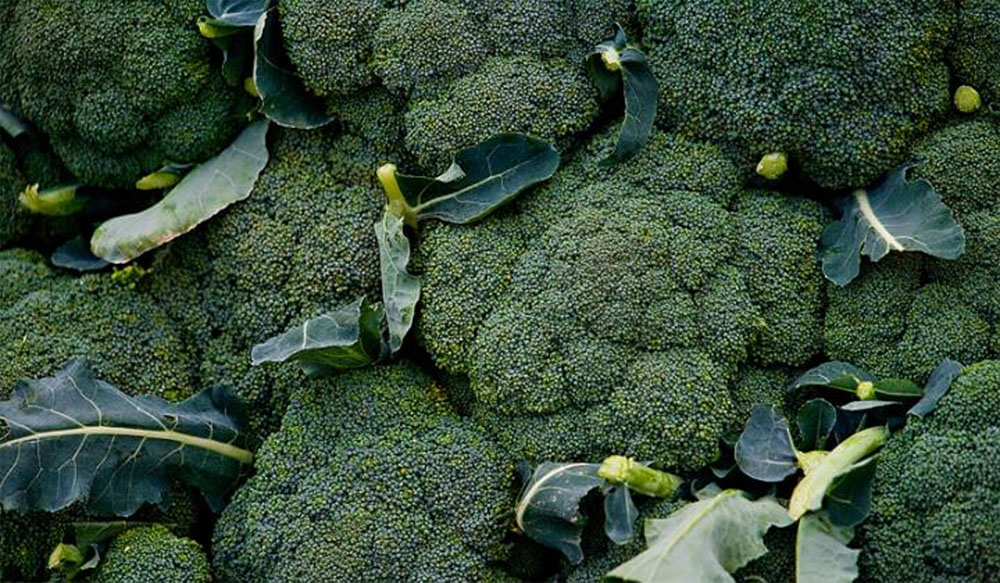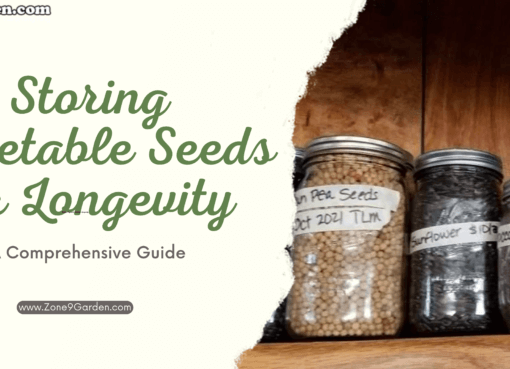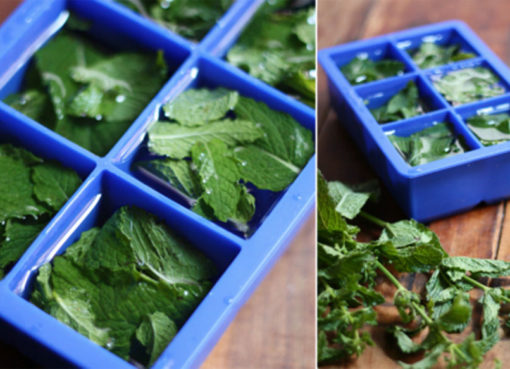Cilantro is an herb that is not only incredibly popular in many home gardens, it is also relatively easy to grow. The savory, deep green leaves are very commonly used in Asian and Latin cuisine and the seeds produced by Cilantro plants are known as Coriander. Coriander is very popular in Indian, and many other dishes.
Soil Requirements
Cilantro, as with most herbs, requires a well drained soil. If the soil is allowed to become soggy root rot will occur, fungus and other growth inhibitors will be the result.
The Soil for Cilantro should have a balanced level of NPK with a slight bias to nitrogen. The nitrogen bias will allow the Cilantro to grow quickly and have lush green leaves. When the plant is close to being mature, if you want to encourage the plant to have robust buds and flowers for developing Coriander seeds fertilize with a fertilizer that has a heavy Phosphorus rating (the P in NPK).
Location Selection
Cilantro prefers an area with full sun or partial shade in warmer areas. If growing Cilantro in a very warm climate it may be best to keep the herb in a container to allow the plant to be moved into partial shade during warmer days.
Sowing Cilantro Seeds
Cilantro seeds can be sown directly into the soil. They should be sown 1/4″ deep, 2-3″ apart and should be kept rather moist until germination. Once the seedlings reach about 3″ tall, it is time to thin them to about 6″ apart.
Cilantro is also known for self seeding. If the plant is allowed to bolt to seed, it will often drop many small seeds to the soil and new plants will germinate in the old plants place.
Care
Once established cilantro is a rather undemanding and fast growing herb.
- After thinning the seedlings a light fertilization of water soluble nitrogen bias fertilizer
- Do not over water Cilantro, soil should only be slightly moist
- Cilantro matures rapidly
- Frequent harvest help prevent bolting
- Harvest 1/3 of the plant at a time
- Harvest the newest portions of the plant, they have the best flavor
- After every 4th or 5th harvest fertilize with a water soluble nitrogen bias fertilizer
- Aphids like Cilantro. If the a plant is struggling look for signs of aphids and control them
Tips and Tricks
- Cilantro does not like heat. In warmer climates it is a great fall/winter crop
- Sow new seeds every 2-3 weeks to ensure a consistent supply of fresh herbs
- If the plant has bolted to seed save the seeds and use in dishes that call for coriander






